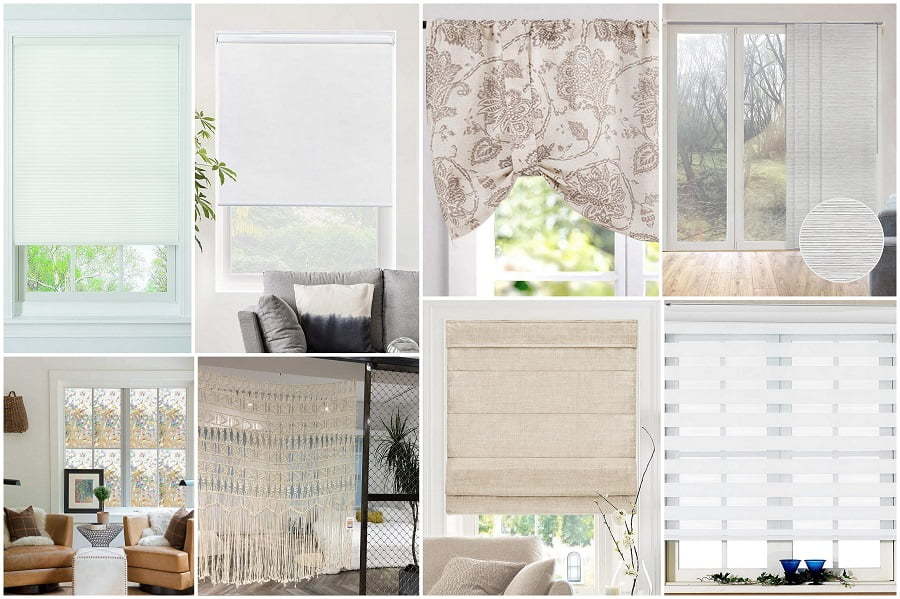Last updated on
Discover budget-friendly and effective air purifier alternatives that can keep your home fresh and healthy without breaking the bank!
Air quality is just as important as aesthetics. That’s why I always recommend investing in an air purifier to keep your home clean and healthy.
However, not everyone has the budget for a top-of-the-line air purifier. Luckily, there are plenty of alternative options out there that can help improve the air quality in your home without breaking the bank.
In this article, I’ll be sharing 19 different ideas for air purifier alternatives along with their advantages and disadvantages. Whether you’re on a tight budget or just looking for something different, these alternatives will help you breathe easier in your home.
So let’s dive in!
Houseplants
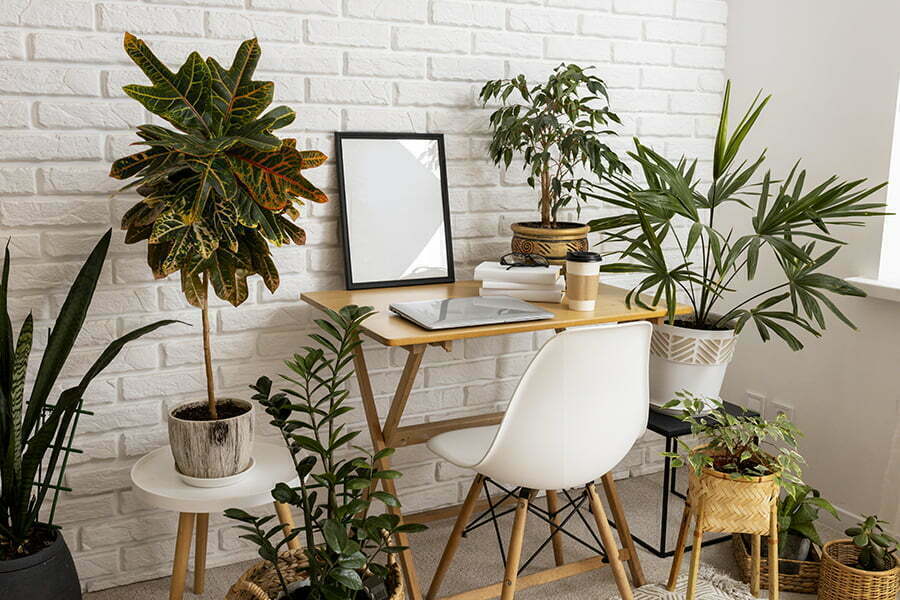
Houseplants are a popular and natural way to purify the air in your home. They absorb toxins and release oxygen, making them an excellent alternative to traditional air purifiers.
Some of the best plants for improving indoor air quality include spider plants, peace lilies, snake plants, and bamboo palms.
One advantage of using houseplants as an air purifier is that they add a touch of greenery to your decor while also providing health benefits. However, it’s important to note that not all houseplants are effective at removing pollutants from the air.
Some people may be allergic or sensitive to certain types of plants.
To get the most out of your houseplant as an alternative air purifier option make sure you choose one that is known for its ability in cleaning indoor pollutants such as formaldehyde or benzene from household products like paint or furniture polish etc., place it near areas where there might be more pollution (like kitchens), keep soil moist but not too wet so mold doesn’t grow on leaves which can cause respiratory problems if breathed in over time!
Beeswax Candles
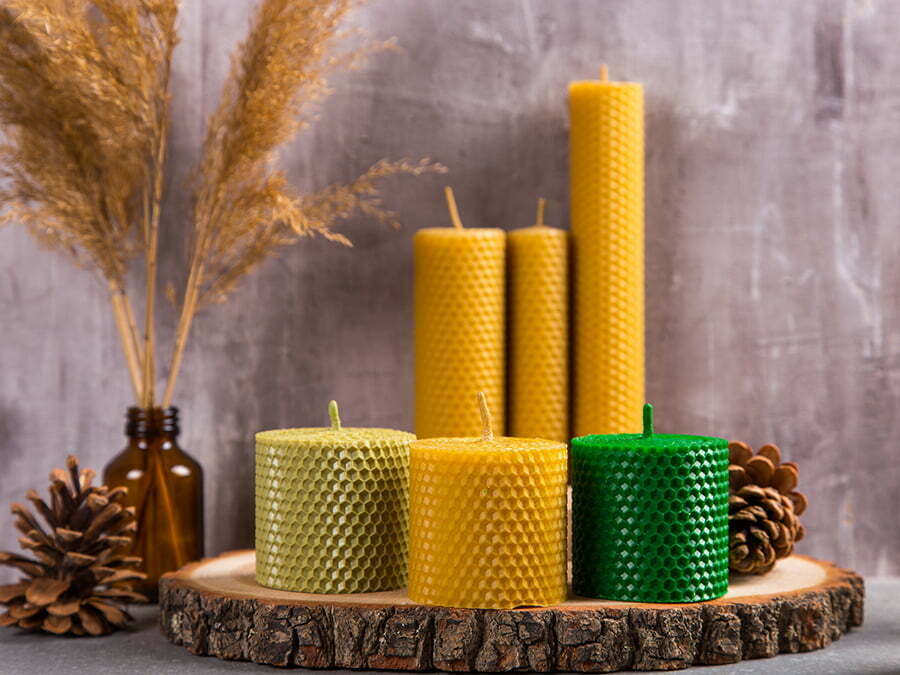
Beeswax candles are a natural air purifier alternative that not only adds warmth and ambiance to your home but also helps in cleaning the air. Beeswax candles release negative ions when burned, which neutralize pollutants like dust, mold spores, and other allergens present in the air.
These negative ions attach themselves to positively charged particles such as pet dander or pollen making them heavy enough to fall out of the atmosphere.
One advantage of using beeswax candles is that they are eco-friendly since they come from renewable resources and do not produce harmful byproducts like paraffin wax candles do. Beeswax has a subtle honey scent which can add an inviting aroma throughout your home.
However, one disadvantage of using beeswax candles is their cost compared to regular paraffin wax ones. They tend to be more expensive due to their production process being more labor-intensive than traditional candle-making methods.
Overall if you’re looking for an all-natural way of purifying your indoor environment while adding some cozy lighting effects at night-time then investing in some high-quality pure Bees Wax Candles could be worth considering!
Salt Lamps

Salt lamps are a popular alternative to air purifiers. These lamps are made from Himalayan salt crystals and emit negative ions that can help improve indoor air quality by reducing pollutants such as dust, allergens, and bacteria.
The warm glow of the lamp also creates a calming ambiance in any room.
One advantage of salt lamps is their affordability compared to traditional air purifiers. They require no electricity or filters, making them an eco-friendly option for those looking to reduce their carbon footprint.
However, it’s important to note that while salt lamps may have some benefits for improving indoor air quality, they should not be relied upon solely as an effective means of purification. There is limited scientific evidence supporting the effectiveness of these lamps in removing harmful particles from the air.
If you’re looking for a budget-friendly way to add some ambiance and potentially improve your indoor environment’s overall healthiness without relying on electricity or filters – then consider giving Salt Lamps a try!
Activated Charcoal Bags

Activated charcoal bags are a popular alternative to traditional air purifiers. These small, porous bags contain activated charcoal that absorbs odors and pollutants from the air.
One of the advantages of using activated charcoal bags is their affordability and ease of use. They can be placed in any room or area where you want to improve air quality without requiring electricity or maintenance.
However, it’s important to note that while activated charcoal can absorb some pollutants, it may not be as effective as other types of air purifiers at removing allergens like dust and pet dander. These bags will need to be replaced every few months for optimal effectiveness.
If you’re looking for an affordable way to freshen up your home’s indoor environment with minimal effort required on your part – then activated charcoal bags might just do the trick!
Essential Oil Diffusers
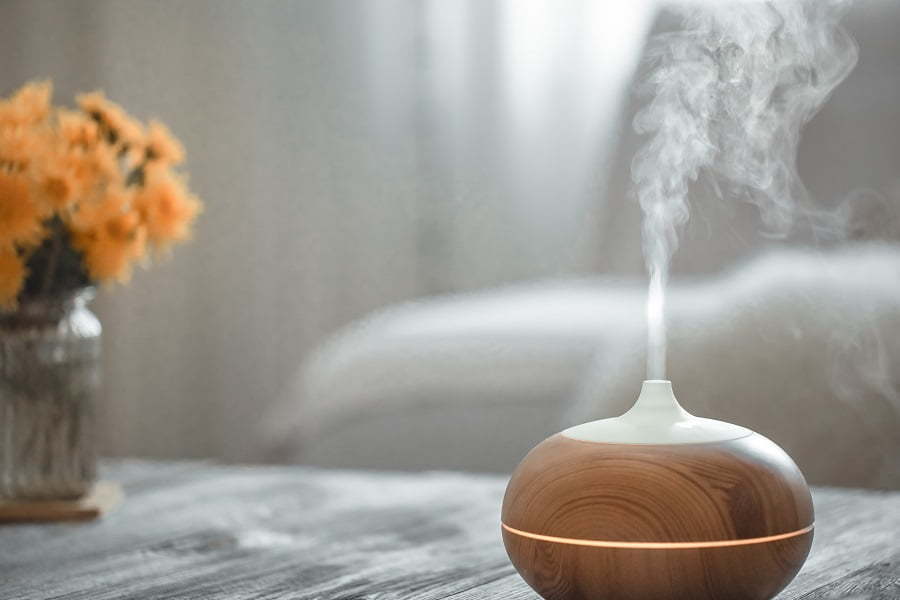
Essential oil diffusers are a popular alternative to air purifiers. They work by dispersing essential oils into the air, which can help improve indoor air quality and provide aromatherapy benefits.
One advantage of using an essential oil diffuser is that it can be a more natural way to freshen up your home’s scent compared to chemical-based sprays or plug-ins. Some essential oils have antibacterial properties that may help reduce airborne germs.
However, it’s important to note that not all essential oils are safe for pets or children and should be used with caution around them. Also, while they may improve the smell of your home and potentially offer health benefits through aromatherapy, they do not actually clean the air like an air purifier does by removing pollutants such as dust or allergens from the environment.
Ventilation Systems

When it comes to improving indoor air quality, ventilation systems are a popular choice. These systems work by circulating fresh outdoor air into the home while simultaneously removing stale indoor air.
This helps to reduce the concentration of pollutants and allergens in the home.
One advantage of ventilation systems is that they can be installed as part of a larger HVAC system, providing both heating and cooling benefits in addition to improved air quality. However, this also means that installation costs can be high.
Another disadvantage is that some types of ventilation systems may not filter out all pollutants or allergens from incoming outdoor air. These systems require regular maintenance and cleaning to ensure optimal performance.
If you’re looking for an effective way to improve your indoor air quality over time with minimal effort on your part once installed properly then investing in a good-quality ventilation system might just do wonders for you!
Window Filters
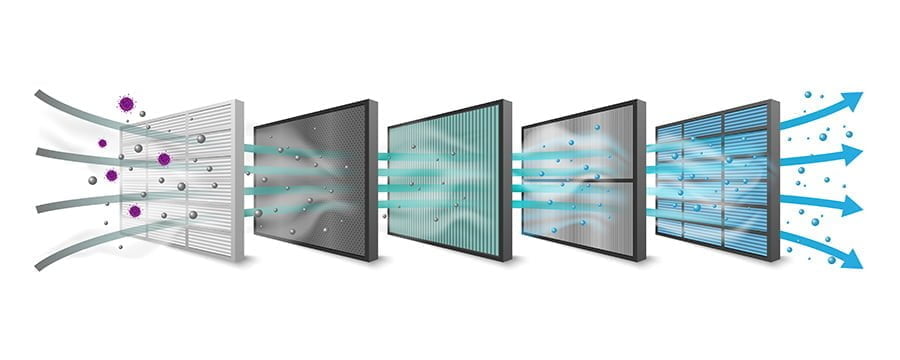
One of the most overlooked air purifier alternatives is window filters. These are essentially screens that attach to your windows and filter out pollutants from outdoor air before it enters your home.
Window filters can be a great option for those who live in areas with high levels of pollution or allergens.
Advantages of window filters include their affordability, ease of installation, and low maintenance requirements. They also allow for natural ventilation without compromising indoor air quality.
However, there are some disadvantages to consider as well. Window filters may not be effective at filtering out smaller particles like viruses or bacteria, and they may need to be replaced frequently depending on the level of pollution in your area.
If you’re looking for an affordable way to improve indoor air quality while still enjoying fresh outdoor air circulation, window filters could be a good option worth considering among other alternatives available in the market today!
Bamboo Charcoal
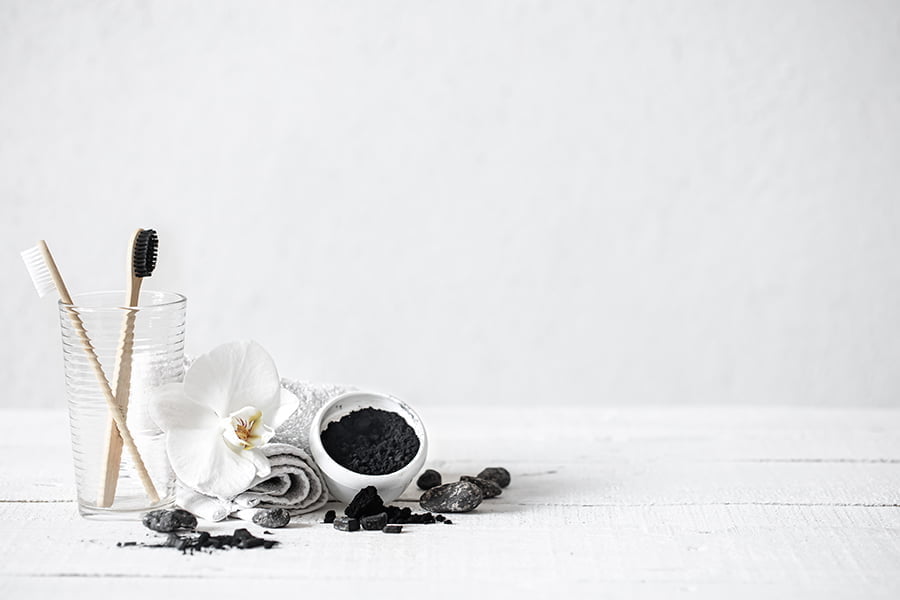
Bamboo charcoal is a natural air purifier that has been used for centuries in Asia. It is made by heating bamboo at high temperatures, which creates tiny pores that trap impurities and odors from the air.
One of the advantages of using bamboo charcoal as an air purifier alternative is its affordability and longevity. A single bag can last up to two years with proper care, making it a cost-effective option compared to traditional electronic air purifiers.
However, one disadvantage of using bamboo charcoal as an air purifier alternative is its limited effectiveness in large spaces or areas with high levels of pollution or allergens. It requires regular maintenance such as exposure to sunlight every few months to reactivate its absorption properties.
If you are looking for a natural and affordable way to improve indoor air quality in small spaces like bedrooms or bathrooms without relying on electricity or chemicals, then bamboo charcoal may be worth considering as an effective alternative option for your home decor needs.
Vacuuming Regularly
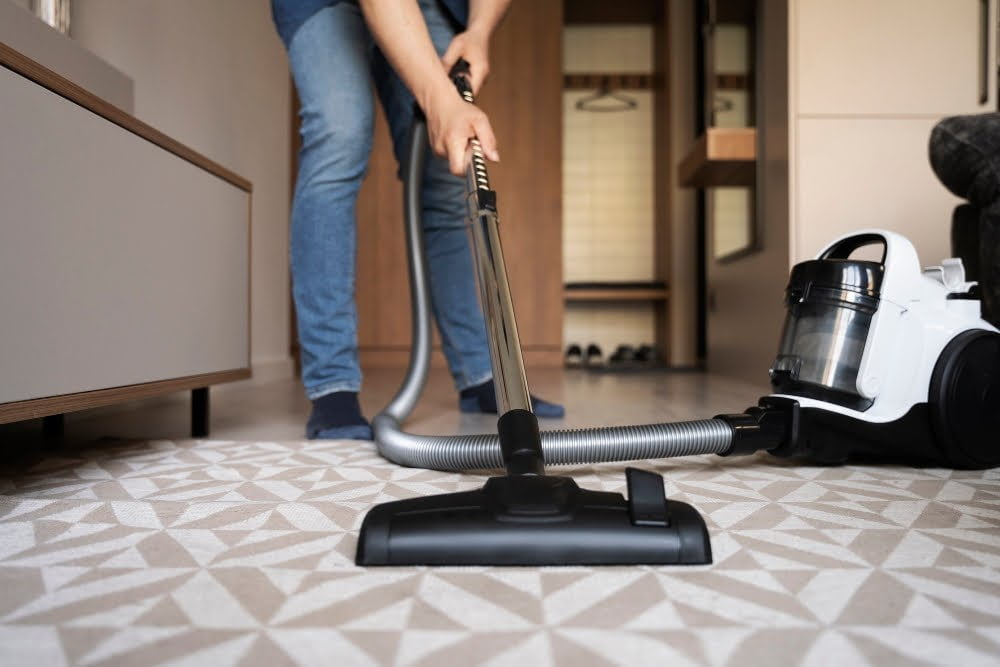
One of the simplest and most effective ways to improve indoor air quality is by vacuuming regularly. Vacuum cleaners are designed to suck up dust, dirt, pet hair, and other debris that can accumulate on floors and carpets.
By removing these particles from your home’s surfaces, you can reduce the amount of airborne pollutants in your living space.
The advantages of vacuuming regularly are numerous. It’s a low-cost solution that requires no additional equipment or maintenance fees beyond owning a good-quality vacuum cleaner.
Regularly cleaning with a high-efficiency particulate air (HEPA) filter-equipped vacuum cleaner can help remove allergens such as pollen or pet dander from carpets and upholstery.
However, there are also some disadvantages to consider when relying solely on regular vacuuming for air purification purposes. For example:
- Vacuum cleaners may not be able to capture all types of pollutants effectively.
- They may stir up dust during use if they don’t have proper filtration systems.
- Some people find it difficult or time-consuming to keep up with regular cleaning schedules.
Overall though, incorporating frequent vacuums into your routine is an easy way towards better indoor air quality without breaking the bank.
HEPA Filter Fans
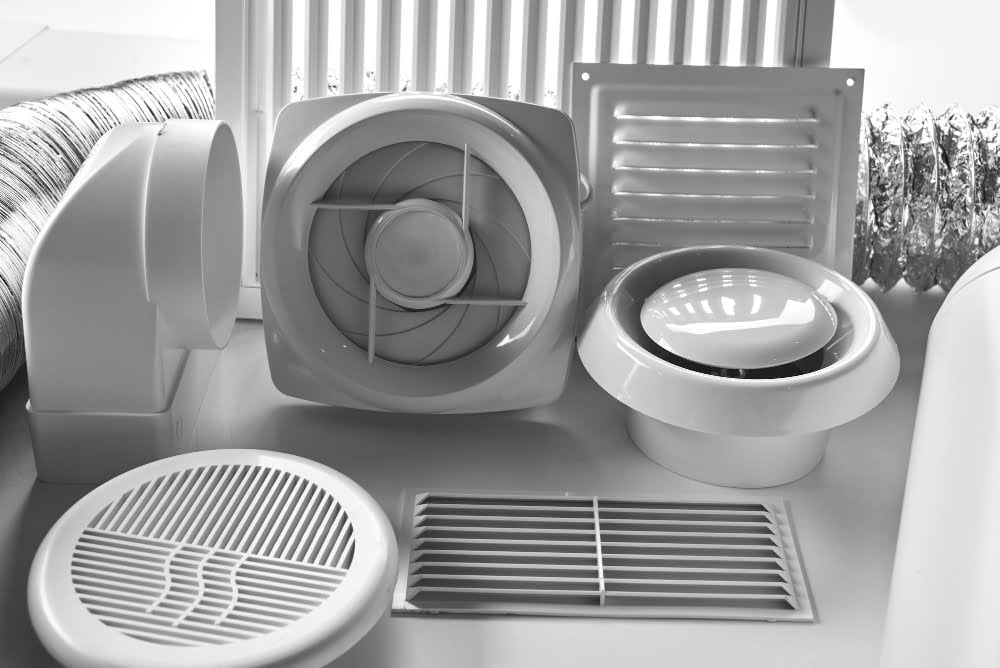
HEPA filter fans are a great alternative to traditional air purifiers. These fans use HEPA filters to capture and remove pollutants from the air, such as dust, pollen, and pet dander.
One advantage of using a HEPA filter fan is that it not only cleans the air but also circulates it throughout the room. This can be especially helpful during hot summer months when you want to keep cool while breathing clean air.
However, one disadvantage of using a HEPA filter fan is that they may not be as effective at removing certain types of pollutants like smoke or chemicals compared to other types of purifiers on the market. These fans require regular maintenance in order for them to continue working effectively over time.
Overall though, if you’re looking for an affordable way to improve your indoor air quality without breaking the bank then investing in a HEPA filter fan might just be what you need!
DIY Box Fan Filter
One of the most popular and budget-friendly air purifier alternatives is the DIY box fan filter. This method involves attaching a high-efficiency particulate air (HEPA) filter to a standard box fan using tape or bungee cords.
The HEPA filter traps small particles such as dust, pollen, and pet dander from circulating in the room.
The advantages of this method are that it is inexpensive compared to buying an actual air purifier, easy to assemble with materials readily available at home improvement stores or online retailers, and can be customized based on your specific needs.
However, there are also some disadvantages to consider. First off, while effective for removing larger particles like dust and pollen from the air in your home or office space; it may not be as effective against smaller pollutants like smoke or viruses.
You will need to replace filters regularly which can add up over time if used frequently.
Overall though if you’re looking for an affordable way to improve indoor air quality without breaking the bank then this could be just what you need!
Opening Windows
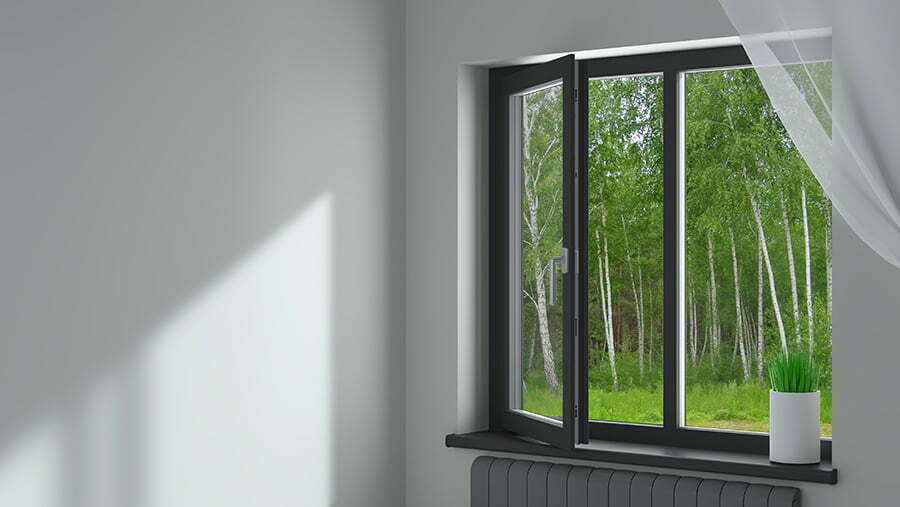
One of the simplest and most cost-effective ways to improve indoor air quality is by opening windows. This allows fresh outdoor air to circulate inside, diluting any pollutants or allergens that may be present.
It can help regulate temperature and humidity levels in the home.
However, there are some disadvantages to consider when relying solely on this method for air purification. Depending on where you live, outdoor pollution levels may be high and could potentially worsen indoor air quality instead of improving it.
Opening windows during peak allergy seasons could introduce more allergens into your home.
While opening windows can provide a quick fix for stagnant indoor air quality issues at no cost other than energy bills (if using heating or cooling systems), it should not be relied upon as a sole solution for long-term improvement in all situations without considering its potential drawbacks first.
Ionizers
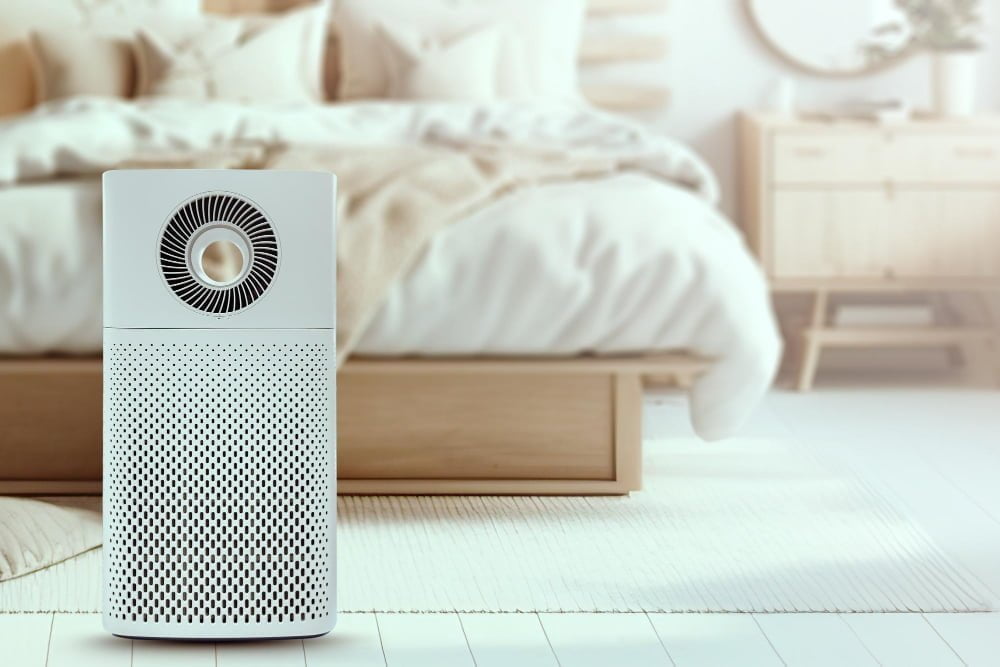
Ionizers are a type of air purifier that use negatively charged ions to attract and remove pollutants from the air. The ions attach themselves to airborne particles, making them too heavy to remain in the air and causing them to fall onto surfaces where they can be easily cleaned up.
One advantage of ionizers is that they do not require any filters, which means there are no ongoing costs for replacement filters. Some people find that ionizers produce a pleasant scent similar to fresh rain or ocean breezes.
However, it’s important to note that ionizers have some potential disadvantages as well. Some studies suggest that high levels of negative ions can cause respiratory irritation in certain individuals with asthma or allergies.
While an ionizer may effectively remove larger particles like dust and pollen from the air, it may not be as effective at removing smaller particles like viruses or bacteria.
If you’re considering an ionizer as an alternative option for improving your indoor air quality on a budget without having ongoing filter replacement costs then this could be worth exploring further but make sure you weigh up all advantages and disadvantages before making your final decision on what type of purifier will work best for your needs!
Baking Soda
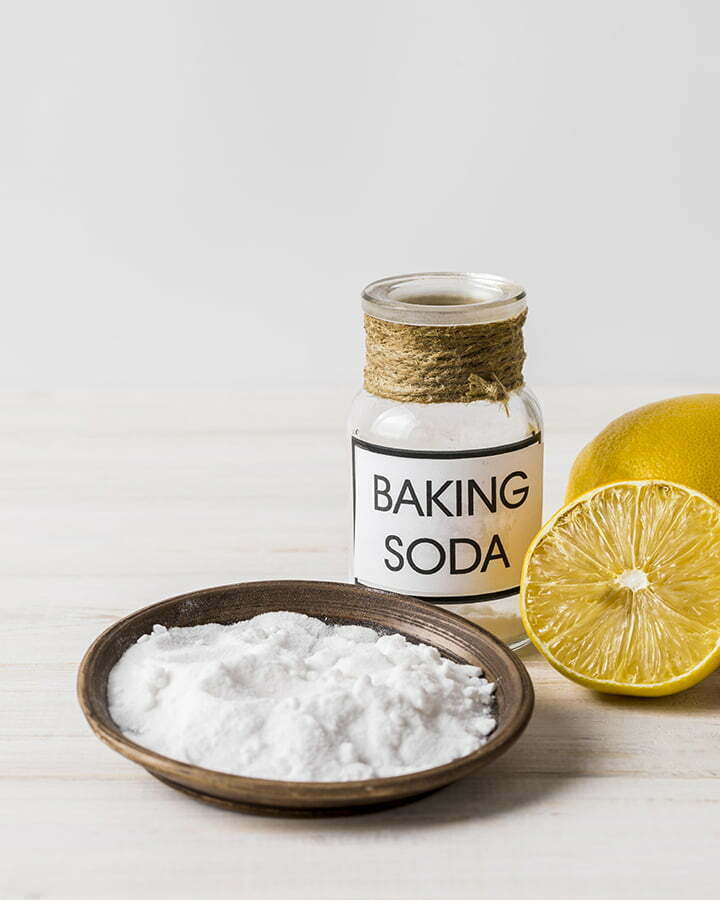
Baking soda is a common household item that can be used as an air purifier alternative. It works by absorbing odors and pollutants in the air, making it a great option for those who want to improve indoor air quality on a budget.
Advantages of using baking soda as an air purifier include its affordability and availability – you can easily find it at any grocery store or online retailer. Baking soda is non-toxic and safe to use around children and pets.
However, there are also some disadvantages to consider when using baking soda as an air purifier alternative. One major drawback is that it needs frequent replacement since it loses its effectiveness over time.
Also, while effective at removing odors from the air, baking soda may not be powerful enough to remove more harmful pollutants like mold spores or allergens.
If you’re looking for a simple way to freshen up your indoor space without breaking the bank or exposing yourself (or your family) to harsh chemicals found in traditional cleaning products – then giving Baking Soda Air Purification method could be worth trying out!
Activated Carbon Filters
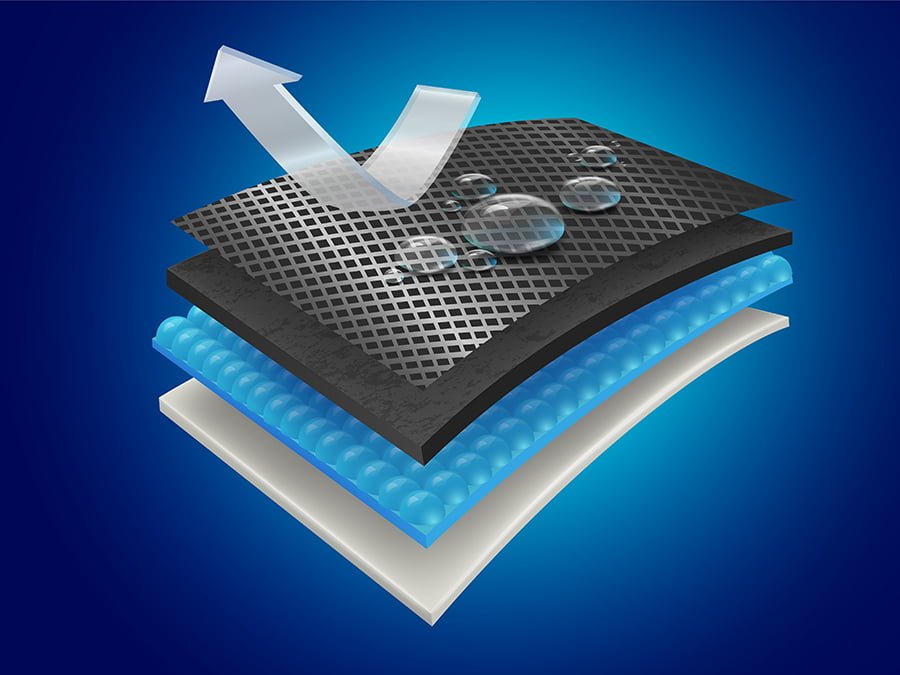
Activated carbon filters are a popular alternative to traditional air purifiers. These filters work by trapping pollutants and odors in the tiny pores of activated carbon, which is highly porous and has an enormous surface area.
Activated carbon filters can effectively remove volatile organic compounds (VOCs), smoke, and other unpleasant smells from the air.
One advantage of using activated carbon filters is that they do not produce any harmful byproducts or ozone during operation. They are also relatively inexpensive compared to other types of air purifiers on the market.
However, one disadvantage of using activated carbon filters is that they have a limited lifespan and need to be replaced regularly for optimal performance. While these types of filter can remove some larger particles like dust or pet hair from the air as well as VOCs/smells; but it may not be effective at removing smaller particles such as pollen or mold spores.
If you’re looking for an affordable way to improve your indoor air quality without producing any harmful byproducts – then consider investing in an activated-carbon filter!
UV Light Sterilizers
UV light sterilizers are a popular alternative to traditional air purifiers. These devices use ultraviolet (UV) light to kill bacteria, viruses, and other harmful microorganisms in the air.
One of the advantages of UV light sterilizers is that they do not produce any harmful byproducts or ozone emissions like some other types of air purifiers. They also require very little maintenance and can be left on continuously without worrying about replacing filters.
However, it’s important to note that UV light sterilizers only work on airborne microorganisms and do not remove dust or allergens from the air. These devices may take longer to effectively clean larger rooms compared to traditional HEPA filter-based purifiers.
It’s also crucial for users to follow safety guidelines when using UV lights as direct exposure can cause skin damage or eye irritation.
If you’re looking for an effective way to eliminate germs in your home without relying solely on filters then a UV Light Sterilizer could be worth considering as part of your overall indoor cleaning strategy but should never replace proper ventilation practices such as opening windows regularly throughout the day!
Air Exchange Systems
Air exchange systems are a great alternative to air purifiers, especially for those who suffer from allergies or asthma. These systems work by exchanging stale indoor air with fresh outdoor air, which helps to reduce the concentration of pollutants and allergens in your home.
One advantage of an air exchange system is that it can improve the overall quality of indoor air without relying on filters or chemicals. This means that you won’t have to worry about replacing expensive filters or exposing yourself and your family members to harmful chemicals.
However, one disadvantage is that these systems may not be suitable for all homes. For example, if you live in an area with high levels of outdoor pollution or allergens such as pollen, then bringing in outside air could actually make things worse.
Installing an effective ventilation system can be costly and time-consuming. You’ll need professional help to ensure proper installation and maintenance over time.
Overall though, if done correctly an efficient ventilation system can provide a healthy living environment while reducing energy costs associated with heating/cooling by using heat recovery technology – making it worth considering as part of any home improvement project!
Mopping Floors
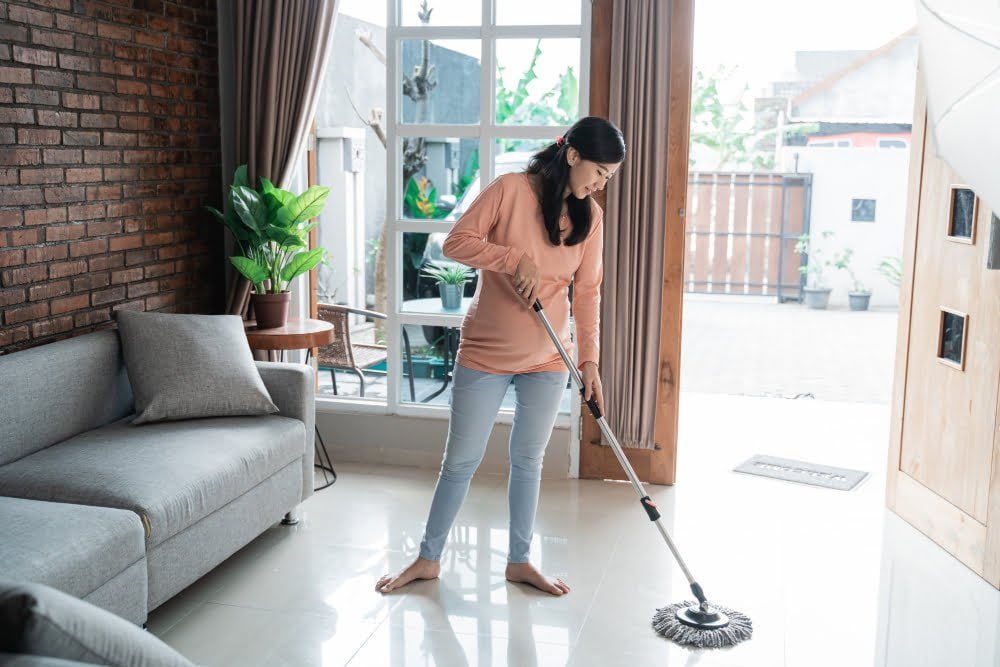
When it comes to improving indoor air quality, mopping floors might not be the first thing that comes to mind. However, this simple task can actually help remove dust and other particles from your home’s surfaces.
By using a damp mop or cloth, you can trap these particles and prevent them from becoming airborne.
One advantage of mopping floors is that it is a natural way to clean without relying on chemicals or harsh cleaning agents. Regular floor cleaning can also improve the overall appearance of your home.
However, one disadvantage of mopping floors as an air purifier alternative is that it may not be effective enough for those with severe allergies or respiratory issues. It also requires time and effort on a regular basis in order to maintain its effectiveness.
Overall though, incorporating floor cleaning into your routine along with other air purifying methods such as opening windows for ventilation or investing in houseplants can contribute towards creating cleaner indoor air at little cost.
Humidifiers
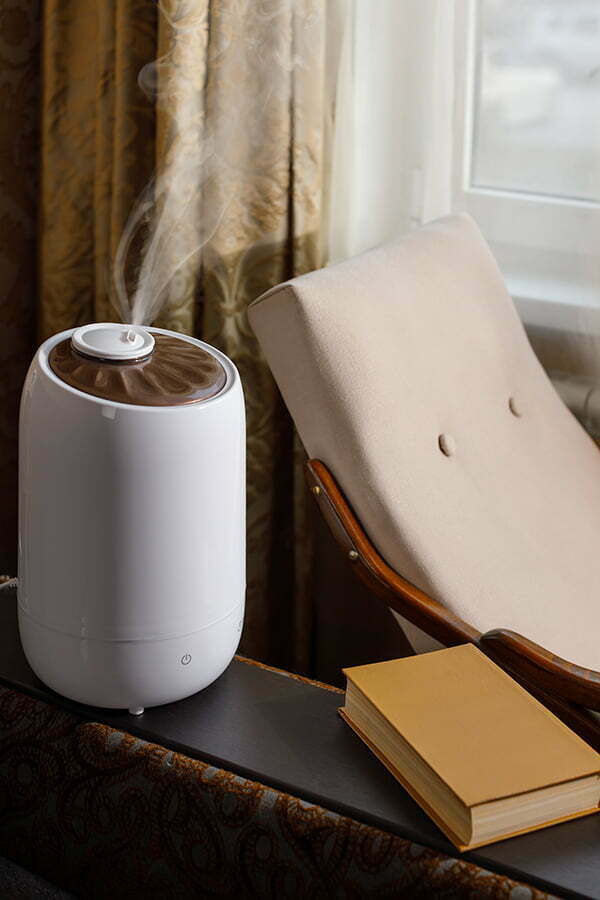
Humidifiers are a popular alternative to air purifiers, especially during the dry winter months. They work by adding moisture to the air, which can help alleviate symptoms of dry skin, allergies and respiratory issues.
However, humidifiers do not actually clean or filter the air like an air purifier does. In fact, if not properly maintained and cleaned regularly they can actually contribute to indoor pollution by promoting mold growth or spreading bacteria in the water tank.
Some people may find that too much humidity in their home can cause discomfort or even damage furniture and electronics over time. Overall humidifiers are a good option for those looking for relief from dryness but should be used with caution and proper maintenance practices should be followed closely to avoid any negative effects on indoor air quality.
Recap



